Secretarybird – The Most Elegant Bird in the World
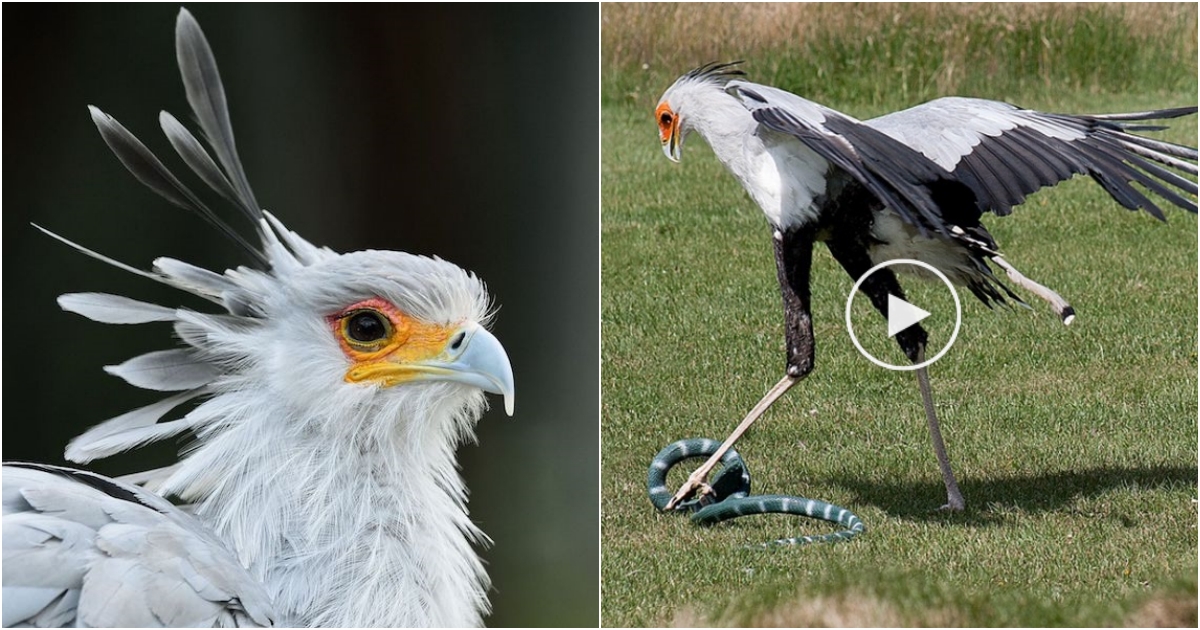
If we were to judge based on human beauty standards, the secretarybird would score a perfect ten. It possesses gracefully long legs that any fashion model would envy. Moreover, its mesmerizing eyes and long, seductive eyelashes are undeniably captivating. Adorned in its elegant feathered “office attire,” the secretarybird sheds its old name of “snake eagle” and is now commonly referred to as the secretarybird.
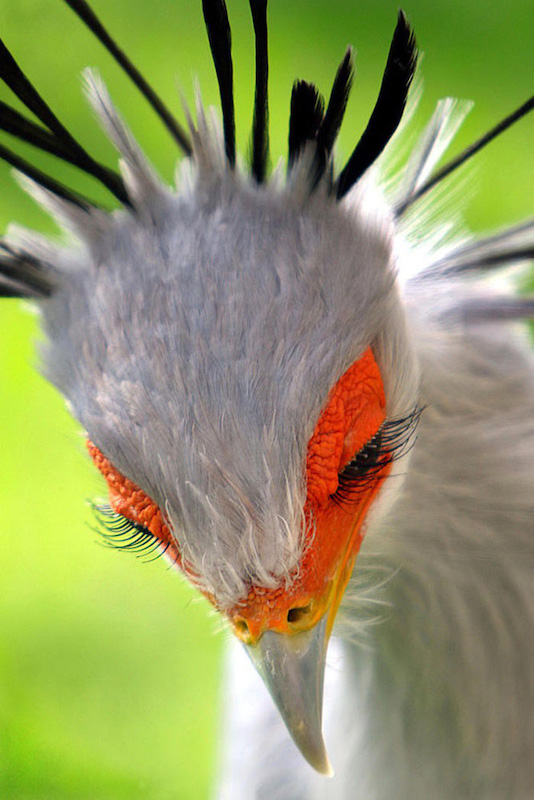
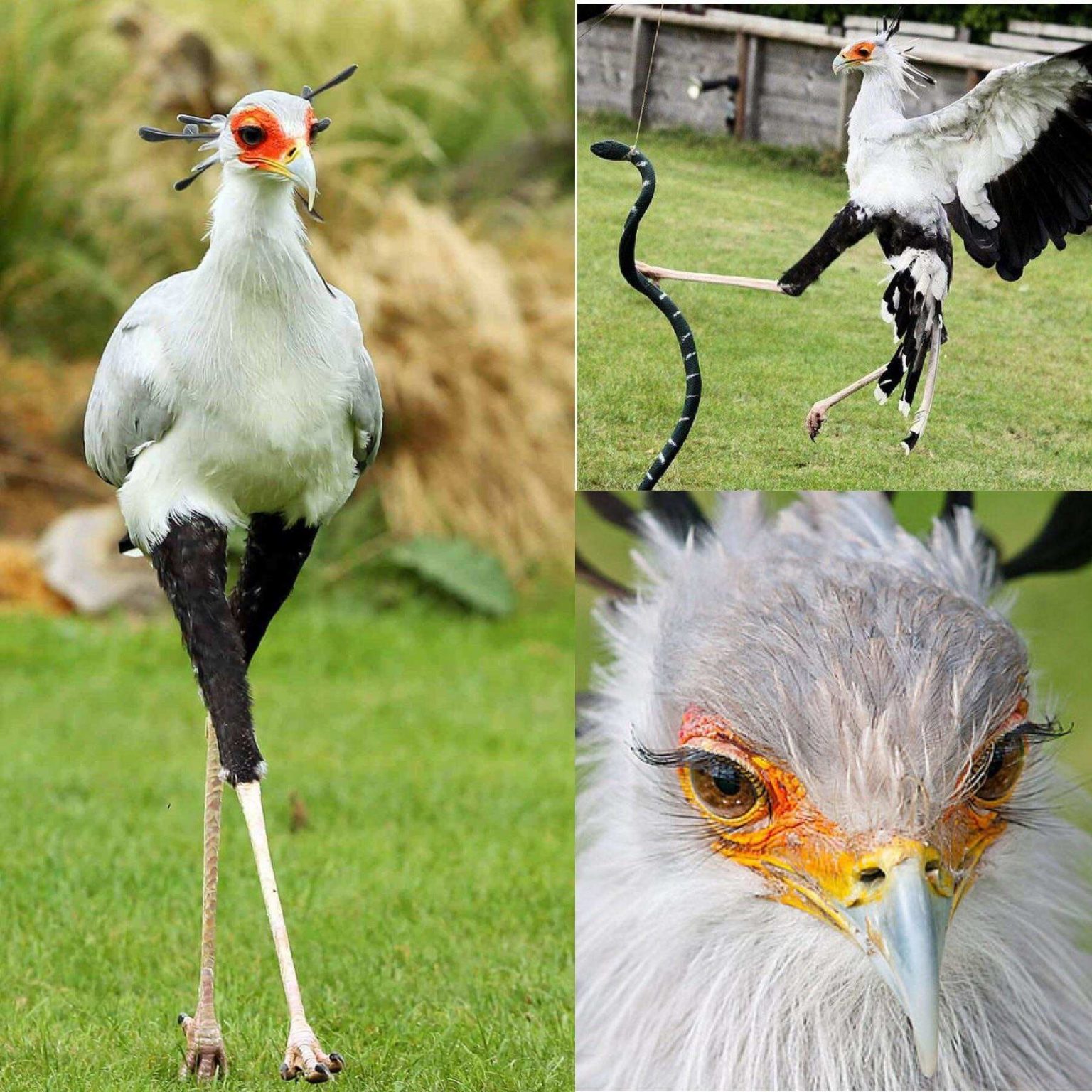 The secretarybird, scientifically known as Sagittarius serpentarius, is a bird species belonging to the Sagittariidae family. Despite the lengthy and dry scientific names associated with this species, it is commonly known as the secretarybird. Its unique appearance, with feather tufts on its head resembling the quills or pens worn by European secretaries in the 18th century, is the reason behind its distinctive name. Along with this special feature, the secretarybird possesses incredibly long legs and gracefully curved eyelashes that would make any woman envious. This further solidifies the appropriateness and memorability of the name “secretarybird.”
The secretarybird, scientifically known as Sagittarius serpentarius, is a bird species belonging to the Sagittariidae family. Despite the lengthy and dry scientific names associated with this species, it is commonly known as the secretarybird. Its unique appearance, with feather tufts on its head resembling the quills or pens worn by European secretaries in the 18th century, is the reason behind its distinctive name. Along with this special feature, the secretarybird possesses incredibly long legs and gracefully curved eyelashes that would make any woman envious. This further solidifies the appropriateness and memorability of the name “secretarybird.”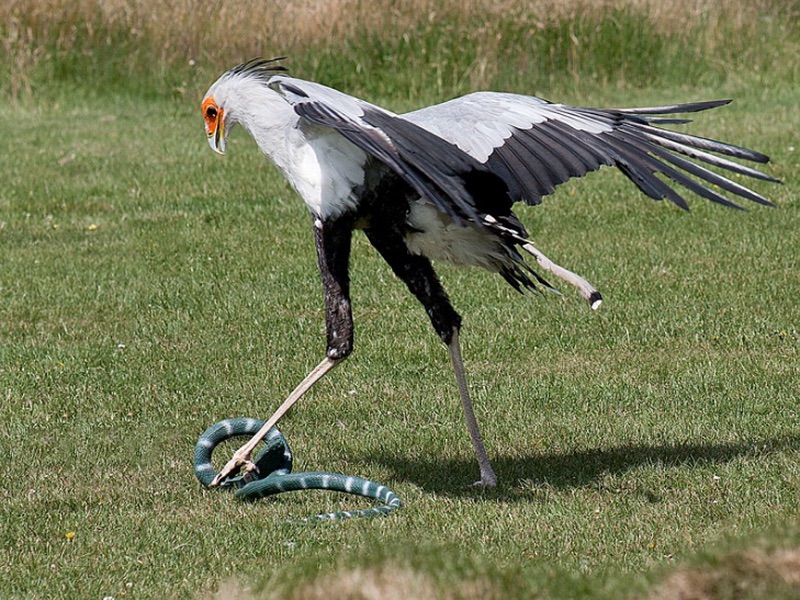 This bird species is endemic to Africa and is often found in open grasslands and sparsely vegetated areas in the sub-Saharan region. It bears resemblance to eagles or vultures due to its large and robust body structure. On average, a secretarybird stands about 1.3 meters tall, weighs around 3.3 kilograms, measures approximately 112 to 150 centimeters in length, and has a wingspan ranging from 191 to 225 centimeters. Due to these characteristics, it surpasses any diurnal bird of prey in size.
This bird species is endemic to Africa and is often found in open grasslands and sparsely vegetated areas in the sub-Saharan region. It bears resemblance to eagles or vultures due to its large and robust body structure. On average, a secretarybird stands about 1.3 meters tall, weighs around 3.3 kilograms, measures approximately 112 to 150 centimeters in length, and has a wingspan ranging from 191 to 225 centimeters. Due to these characteristics, it surpasses any diurnal bird of prey in size. Despite its elegant and somewhat “feminine” appearance, the secretarybird is a renowned predator in nature. It hunts by walking and searching for prey in grassy plains, but can also accelerate to chase down its target. Its main diet consists of small mammals, reptiles, birds, and insects. As its alternative name suggests, it is particularly adept at catching snakes, including venomous ones. When encountering prey, it pursues them using its beak and legs, relentlessly attacking until the prey is defeated. Additionally, the secretarybird spreads its wings and raises its crest feathers to intimidate its prey. Some studies suggest that these predatory tactics have been present in this species for millions of years, dating back to the era of dinosaurs.
Despite its elegant and somewhat “feminine” appearance, the secretarybird is a renowned predator in nature. It hunts by walking and searching for prey in grassy plains, but can also accelerate to chase down its target. Its main diet consists of small mammals, reptiles, birds, and insects. As its alternative name suggests, it is particularly adept at catching snakes, including venomous ones. When encountering prey, it pursues them using its beak and legs, relentlessly attacking until the prey is defeated. Additionally, the secretarybird spreads its wings and raises its crest feathers to intimidate its prey. Some studies suggest that these predatory tactics have been present in this species for millions of years, dating back to the era of dinosaurs.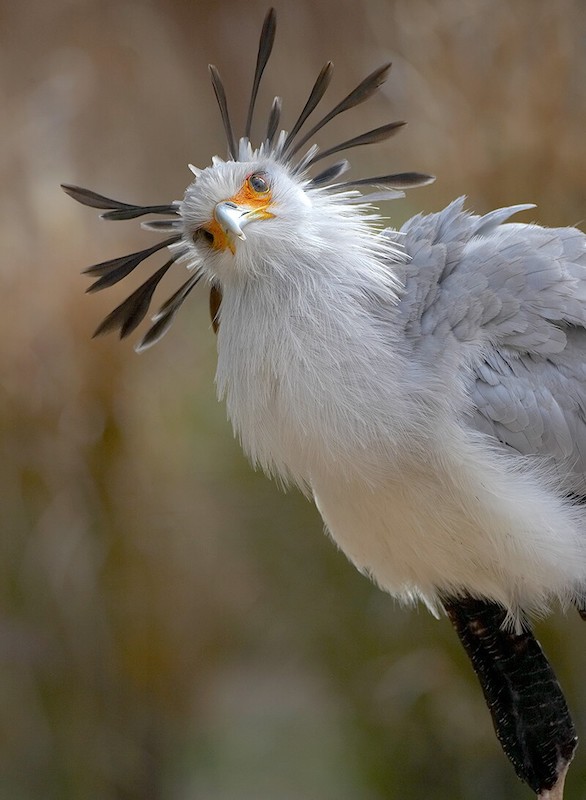 With its incredibly long and graceful legs, the secretarybird possesses one of the strongest kicks in the animal kingdom. A single kick from a secretarybird exerts a “gentle” force of about 195 Newtons, which is five to six times its own body weight. It executes this kick with lightning speed, completing the entire action within 1/10th of a human blink. Not only beautiful, healthy, and formidable, the secretarybird is also highly intelligent. When hunting, it utilizes nearby fires or collects debris to create a blaze, preventing small prey from escaping the flames.
With its incredibly long and graceful legs, the secretarybird possesses one of the strongest kicks in the animal kingdom. A single kick from a secretarybird exerts a “gentle” force of about 195 Newtons, which is five to six times its own body weight. It executes this kick with lightning speed, completing the entire action within 1/10th of a human blink. Not only beautiful, healthy, and formidable, the secretarybird is also highly intelligent. When hunting, it utilizes nearby fires or collects debris to create a blaze, preventing small prey from escaping the flames.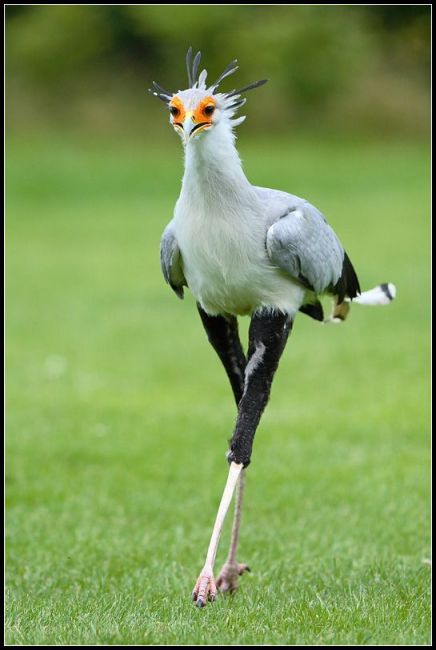 Secretarybirds can form pairs at any time of the year, depending on the availability of food. Their courtship ritual is simple, with the male and female spreading their wings and chasing each other across the grasslands. The pair then builds their happy home, constructing a nest made of branches, animal fur, leaves, and grass, which can be used for several years. The parents provide attentive care to their offspring, unlike many other bird species. They diligently teach their young ones how to hunt, fly, and effectively use their legs. It takes approximately 12 weeks for the young secretarybirds to develop enough feathers and wings before confidently venturing out on their own, without the need for their parents’ assistance.
Secretarybirds can form pairs at any time of the year, depending on the availability of food. Their courtship ritual is simple, with the male and female spreading their wings and chasing each other across the grasslands. The pair then builds their happy home, constructing a nest made of branches, animal fur, leaves, and grass, which can be used for several years. The parents provide attentive care to their offspring, unlike many other bird species. They diligently teach their young ones how to hunt, fly, and effectively use their legs. It takes approximately 12 weeks for the young secretarybirds to develop enough feathers and wings before confidently venturing out on their own, without the need for their parents’ assistance. 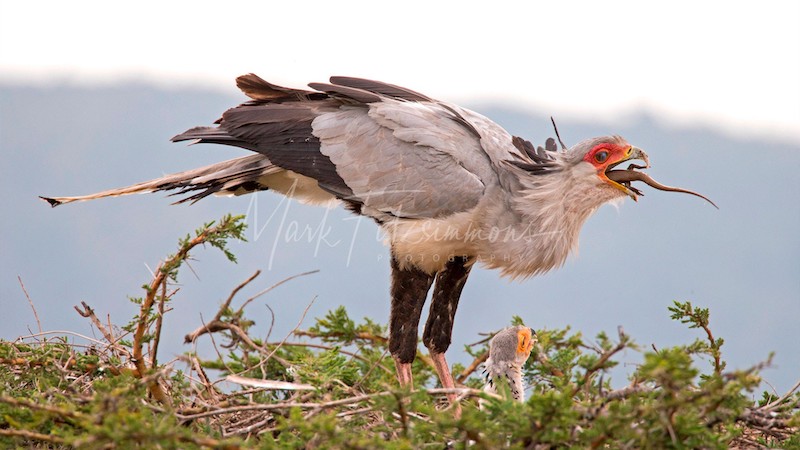
Due to its uniqueness, the secretarybird has the honor of appearing on the emblem and national flag of Sudan, symbolizing victory, as well as on the military insignia of South Africa, representing protection. Since 1968, the species has been protected under the African Convention on the Conservation of Nature and Natural Resources, and numerous conservation efforts have been undertaken to raise awareness of its significance.
We hope you enjoyed this article.



